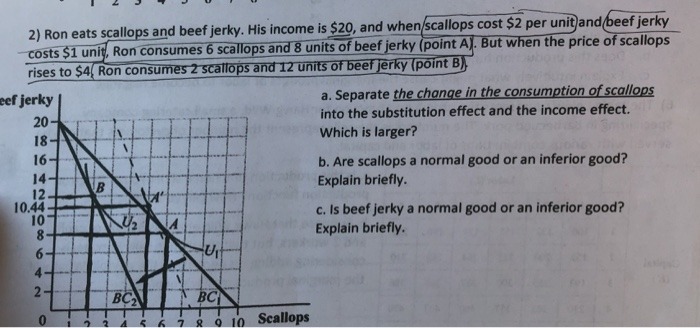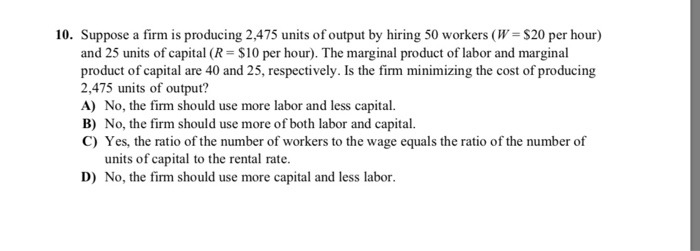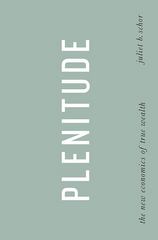Question
Olive has the utility function U(X,Y) = X1/3Y2/3, where X is the quantity of apples consumed, and Y is the quantity of oranges consumed. Let
Olive has the utility function U(X,Y) = X1/3Y2/3, where X is the quantity of apples consumed, and Y is the quantity of oranges consumed. Let income be I = 90.
(a) Suppose that the price of apples is PXa = 2 and the price of oranges is PY = 2. What are the quantities of apples and oranges demanded when Olive maximizes her utility subject to her budget constraint?
(b) Suppose that the price of apples decreases to PXb = 1 and the price of oranges stays constant at PY = 2. What are the quantities of apples and oranges demanded by Olive after this price change?
(c) What is the substitution effect from the price change above? [Hint: what is the expenditure minimizing way of achieving the utility level in part (a) at the prices in part (b)?]
(d) What is the income effect from the price change above? [Hint: what is the difference between the total effect in part (b) and the substitution effect in part (c)?


Step by Step Solution
There are 3 Steps involved in it
Step: 1

Get Instant Access to Expert-Tailored Solutions
See step-by-step solutions with expert insights and AI powered tools for academic success
Step: 2

Step: 3

Ace Your Homework with AI
Get the answers you need in no time with our AI-driven, step-by-step assistance
Get Started


